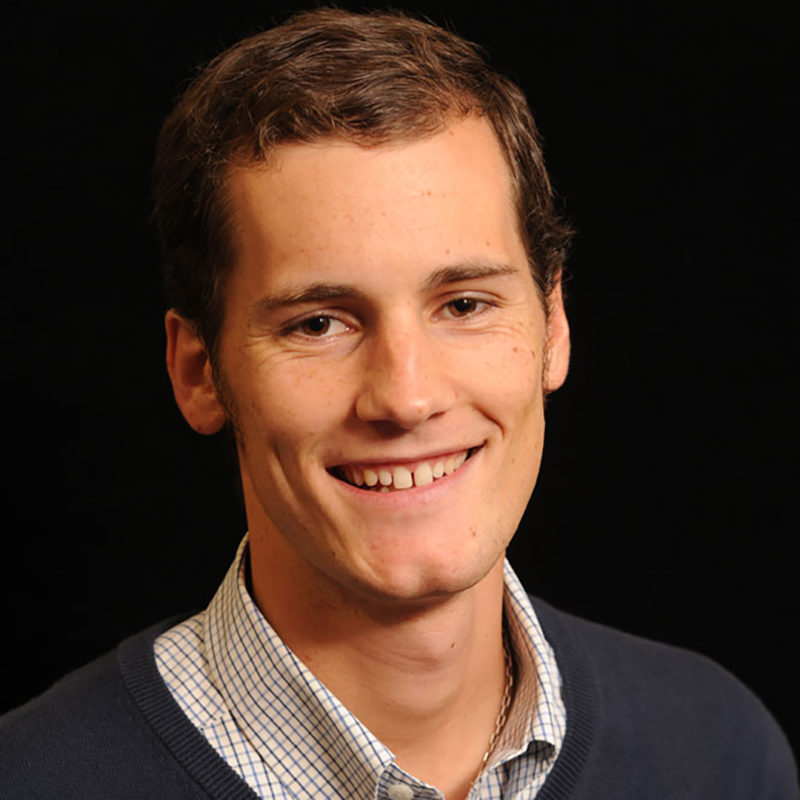All-optical neurophysiology using high-speed wide-area optical sectioning
Vicente Parot, Harvard University
All-optical stimulation and recording of neural activity could characterize brain function over large areas, but requires compatible optogenetic actuators and reporters, and optical systems for stimulation and optically sectioned imaging in turbid tissue. To stimulate and record activity from thousands of neurons with one photon (1P), we paired a blue shifted channelrhodopsin (eTsChR) with a red-shifted calcium indicator (H2B-jRGECO1a). To image cellular-resolution activity in large areas (4.6 mm FOV) of acute brain slices, we used a digital micromirror device (DMD) to illuminate neighboring sample locations with orthogonal functions of time based on Hadamard codes, and rejected uncorrelated background. To record high-speed neuronal activity (500 Hz), we designed a compressed sensing strategy for Hadamard microscopy, obtaining one optical section every two camera frames. We made functional maps showing that these optogenetic and optical tools provide a powerful capability for wide-area interrogation of neuronal excitability and functional connectivity in acute brain slices.


